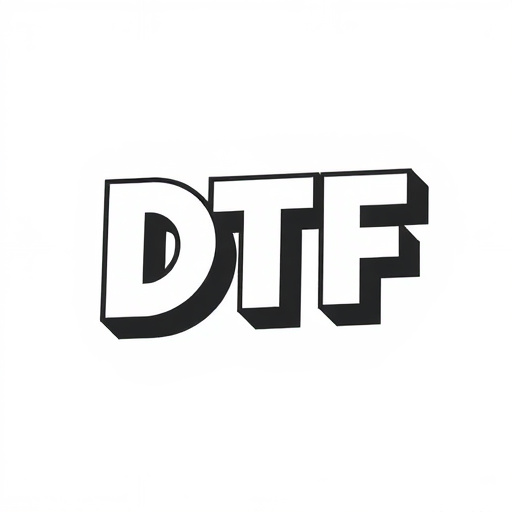Regular Spectre Performance intake reviews are crucial for vehicle maintenance, allowing mechanics to catch potential issues early through thorough inspections of critical systems. In an organizational context, these reviews maximize Spectre Performance by identifying inefficiencies and skill gaps, enabling data-driven budget allocation and strategic investments in training or technology. This proactive approach minimizes waste and fosters continuous improvement, ultimately enhancing performance and maintaining a competitive edge.
Maintenance requirement feedback is a crucial aspect of optimizing equipment performance and ensuring operational efficiency. This article delves into three key areas: understanding maintenance needs through the ‘spectre of performance’ and intake reviews, strategically budgeting for this process, and leveraging feedback to enhance maintenance practices. By examining these components, organizations can maximize resource allocation, prevent costly breakdowns, and ultimately, elevate their overall equipment effectiveness.
- Understanding Maintenance Requirements: The Spectre of Performance and Intake Reviews
- Budgeting for Feedback: A Strategic Approach to Resource Allocation
- Maximizing Efficiency: Utilizing Feedback for Improved Maintenance Practices
Understanding Maintenance Requirements: The Spectre of Performance and Intake Reviews

Understanding Maintenance Requirements is a crucial step in ensuring optimal vehicle performance and longevity. The process begins with regular intake reviews, where mechanics carefully inspect various components to identify potential issues or wear and tear. These reviews act as an early warning system, allowing for proactive maintenance rather than reactive repairs. By addressing problems before they become major, users can save on budget-busting unexpected breakdowns.
Intake reviews focus on critical systems like the engine, transmission, brakes, and suspension. This spectral analysis involves a comprehensive check of fluid levels, filter condition, belt integrity, and other indicators. Regular intake assessments not only extend the lifespan of these components but also enhance overall vehicle performance. It’s a strategic approach to maintenance that pays dividends in both financial savings and peace of mind for drivers.
Budgeting for Feedback: A Strategic Approach to Resource Allocation

Maximizing Efficiency: Utilizing Feedback for Improved Maintenance Practices

Maximizing Efficiency through Feedback is integral to any organization’s success, especially in maintenance practices. Regular Spectre Performance intake reviews allow for a deep dive into the operational landscape, uncovering areas where inefficiencies may lurk. By utilizing feedback from these reviews, organizations can strategically allocate their budget towards critical maintenance tasks, ensuring that resources are not wasted on less pressing issues. This data-driven approach optimizes the entire process, leading to improved equipment reliability and reduced downtime.
Moreover, these reviews provide a clear picture of the maintenance team’s capabilities and challenges. Identifying skill gaps or outdated tools can guide investment decisions in training or new technologies. In light of this, organizations can foster a culture of continuous improvement where every piece of feedback is a potential catalyst for change, ultimately enhancing overall Spectre Performance and maintaining a competitive edge.
In light of the above discussions on understanding, budgeting for, and maximizing efficiency through maintenance requirement feedback, it’s evident that strategic approaches involving spectre performance and intake reviews are crucial. By allocating resources effectively based on data-driven insights, organizations can enhance their maintenance practices, ultimately leading to improved operational efficiency and cost savings. These strategies, when implemented holistically, promise a transformative impact on overall equipment effectiveness and business productivity.














